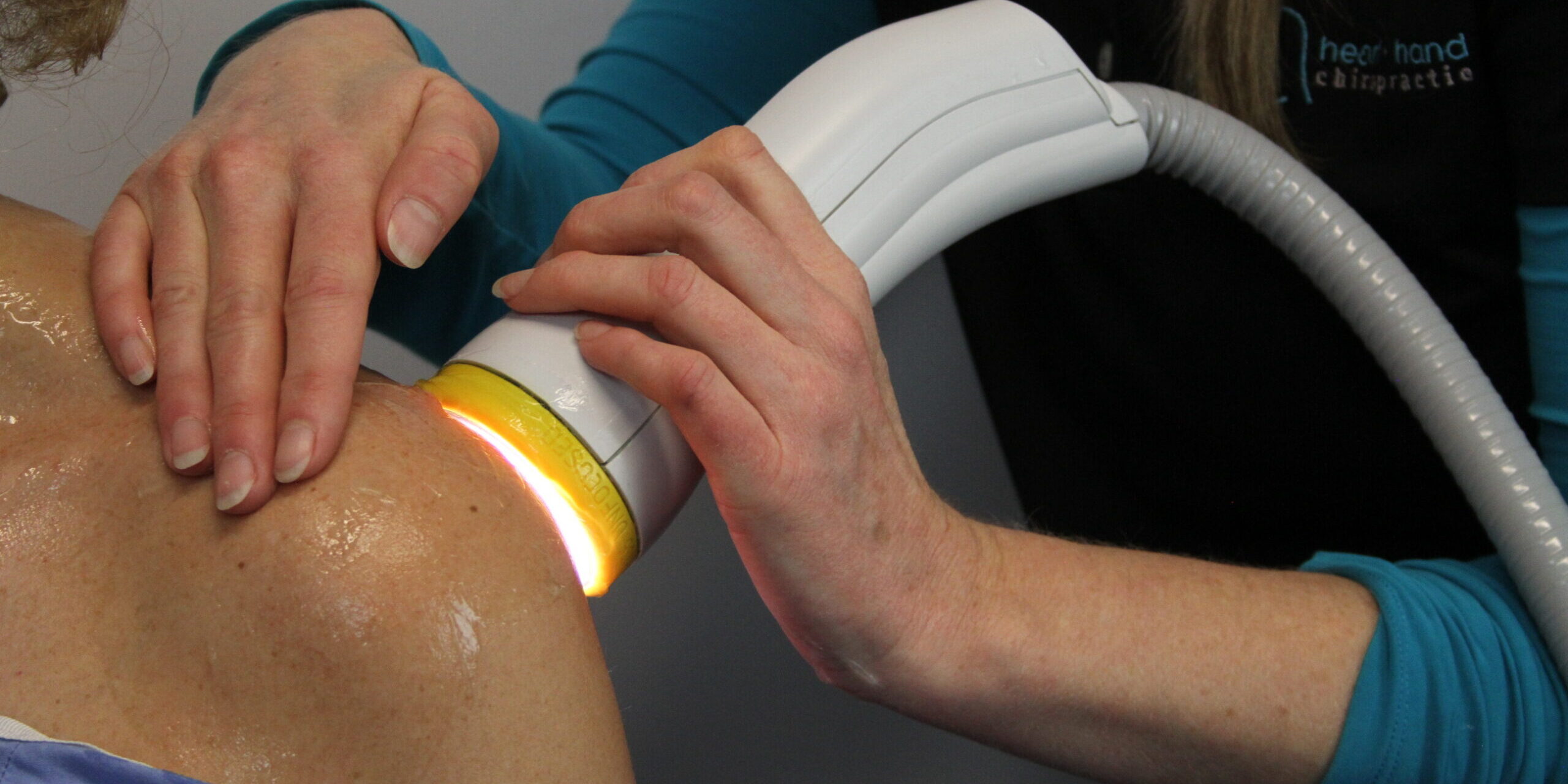Softwave Therapy: How it Works and Why it is Effective
Those suffering from pain, especially chronic injuries and pain, know the challenge of finding effective treatment without undesirable or harmful side effects. While many traditional methods include invasive procedures or pharmaceutical drugs, a new therapy offers all the benefits of pain relief without the unwanted side effects.
Keep reading to learn more about this therapy and how it can benefit you.
What is Softwave Therapy?
Softwave Therapy is a non-invasive shockwave therapy. It enhances blood flow and promotes your body’s natural healing at a cellular level. This type of therapy is used to treat many unique conditions, including:
- Arthritis
- Restless leg syndrome
- Injured tendons and ligaments
- Injured soft tissue
- Plantar fasciitis
- Tennis elbow
- And other types of pain in the hip, knees, and legs
Softwave is a type of regenerative therapy that can be used as a singular therapy or as a supplemental therapy to orthopedic surgery. Some of the many benefits of this treatment include:
- Little to no side effects
- Quick recovery time
- Lasting effects
- No need for anesthesia or numbing medication
- Non-invasive
How Does Softwave Therapy Work?
During Softwave Therapy, a healthcare professional uses a handheld device to send how powered sound wave called shockwaves to injured tissues. This stimulates cellular activity, promoting the release of growth factors and cytokines, which aid in reducing inflammation and enhancing tissue regeneration. Additionally, SoftWave Therapy activates dormant stem cells and promotes collagen synthesis, both essential for healing and tissue remodeling.
There are two primary types of shockwave therapy, and it is common for patients to receive both types. These two unique types of therapy include:
- Unfocused shockwave therapy – SoftWave is one form of this and typically used for activating cellular repair in soft tissues and superficial areas, which makes it effective for conditions like muscle pain, inflammation, and general tissue rejuvenation without requiring highly targeted or deep tissue penetration.
- Radial shockwave therapy – Are the most common type of shockwave machines but do not penetrate deeply, less targeted and not as powerful making them less effective for treating deep tissue injuries or conditions.
Additionally, the treatment takes about 15 to 20 minutes to complete. Depending on the nature of the injury, a patient will typically need between four to eight treatments over several weeks.
How is SoftWave Effective?
Softwave Therapy has a high success rate as a treatment for various injuries. While a patient may require more sessions for more severe injuries, following a medical practitioner’s advice can help ensure a higher rate of effectiveness.
Softwave Therapy is a very effective method for minimizing and eliminating both acute and chronic pain. This treatment method allows patients to return to a pain-free life without using drugs, recover more quickly from surgery, and restore the function of the joints – especially those most prone to wear and tear.
Final Thoughts
Softwave Therapy is a revolutionary non-invasive treatment that has proven effective in treating various injuries and pain conditions. With little to no side effects, quick recovery time, lasting effects, and no need for anesthesia or numbing medication, it is a safe and viable alternative to traditional methods.
By enhancing blood flow and promoting natural healing at a cellular level, Softwave Therapy has helped countless patients return to a pain-free life without using drugs, recover more quickly from surgery, and restore joint function.
It might be time for a pro-active checkup or maybe there is something new going on that you have been trying to ignore for a little too long. We are here to help and we want to offer you a 50% discount off of a package of adjustments. These adjustments expire 12/31/24 so you still have time to complete over 3 months of care if needed. This sale is only good for returning customers so please don’t share it with friends that we have not been patients in our office.

